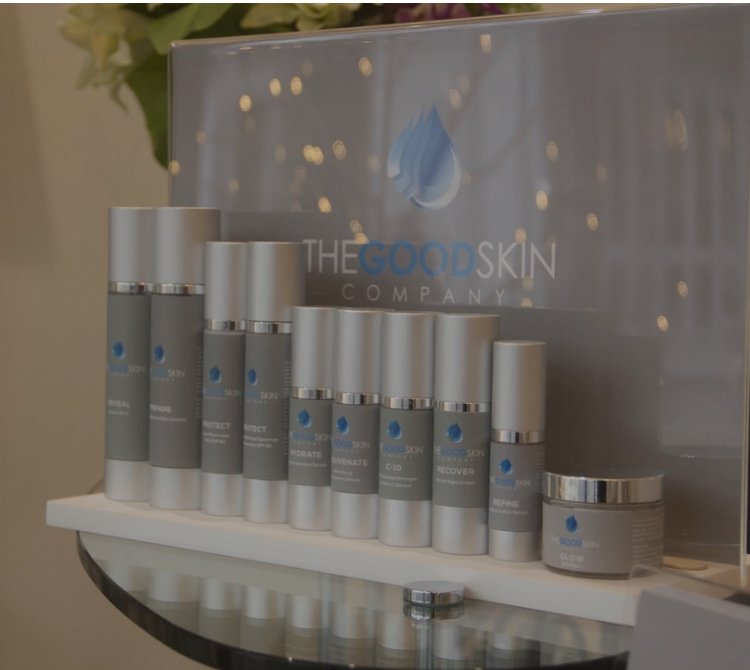Sun Damaged Skin
Suntans look lovely. You look great, healthy and feel attractive, especially when you are younger and you think your skin can take the sun’s rays. So why do we call it sun damage? Here’s the reality…
Although most people love the warmth and light of the sun, too much sun exposure can significantly damage human skin. The sun’s heat dries out areas of unprotected skin and depletes the skin’s supply of natural lubricating oils. In addition, the sun’s ultraviolet (UV) radiation can cause burning and long-term changes in the skin’s structure.
The most common types of sun damage to the skin are:
Dry skin — you gradually lose moisture and naturally occurring oils, making your skin appear dry, flaky and prematurely wrinkled, even in younger people.
Sunburn — it’s a burn and a skin injury that appears immediately after the skin is exposed to UV radiation. Mild sunburn causes only painful reddening of the skin, but more severe cases can produce tiny fluid-filled bumps (vesicles) or larger blisters.
Actinic keratosis — which are tiny bumps that feels like sandpaper or a small, scaly patch of sun-damaged skin that has a pink, red, yellow or brownish tint. Unlike suntan markings or sunburns, an actinic keratosis does not usually go away unless it is frozen, chemically treated or removed by a doctor. An actinic keratosis develops in areas of skin that have undergone repeated or long-term exposure to the sun’s UV light, and needs to be investigated
Long-term changes in the skin’s collagen — this includes photoaging (premature ageing of the skin because of sun exposure). In photoaging, the skin develops wrinkles and fine lines because of changes in the collagen of a deep layer of the skin called the dermis. UV radiation damages the structural collagen which is a vital protein that supports the walls of the skin’s tiny blood vessels.
Over a lifetime, repeated episodes of sunburn and unprotected sun exposure can increase a person’s risk of malignant melanoma and other forms of skin cancer. As a rule, if you have fair skin and light eyes, you are at greater risk of sun-related skin damage and skin cancers. This is because your skin contains less of a dark pigment called melanin, which helps to protect the skin from the effects of UV radiation.
The World Health Organization recommends to limit time in midday summer sun (between 10 a.m. and 4 p.m.), to watch the UV Index, to seek shade, to wear protective clothing (including a wide-brim hat), and to use sunscreen. Sunlight is generally strongest when the sun is close to the highest point in the sky.
Treatments
Skincare
Reveal
Glycolic Wash
Contains the natural clinically proven AHA's, glycolic and citric acid to gently remove the build-up of dead skin cells together with salicylic acid to remove impurities and excess oil.
Quench
4D Replenishing Serum
An ultra-low molecular weight hyaluronic acid complex that will work immediately, provide 72 hours hydration and has an improved cumulative effect with long term use.
Rejuvenate
Stimulating Daily Active Serum
It increases cell turnover to reveal new fresh, younger-looking skin and it is effective at controlling breakouts, reducing pigmentation and fine lines.
H2∞
Endurance Moisturiser
This luxury silky moisturiser contains clinically proven ingredients to keep your skin optimally hydrated and in peak condition.






